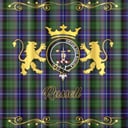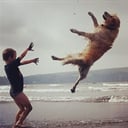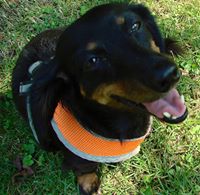A polar bear's fur is not white but each hair shaft is pigment-free and transparent.
Polar bears' fur consists of a dense, insulating underfur topped by guard hairs of various lengths. It is not actually white—it just looks that way.
Each hair shaft is pigment-free and transparent with a hollow core that scatters and reflects visible light, much like what happens with ice and snow.
Polar bears look whitest when they are clean and in high angle sunlight, especially just after the molt period, which usually begins in spring and is complete by late summer. Before molting, accumulated oils in their fur from the seals they eat can make them look yellow.
Polar bears have black skin under which there is a layer of fat that can measure up to 4.5 inches (11.5 centimeters) thick.
On land (or on top of the sea ice) the polar bear's thick fur coat—not its fat—prevents nearly any heat loss. In fact, adult males can quickly overheat when they run.
In the water, polar bears rely more on their fat layer to keep warm: wet fur is a poor insulator. This is why mother bears are so reluctant to swim with young cubs in the spring: the cubs just don't have enough fat.
More Info:
www.polarbearsinternational.org









